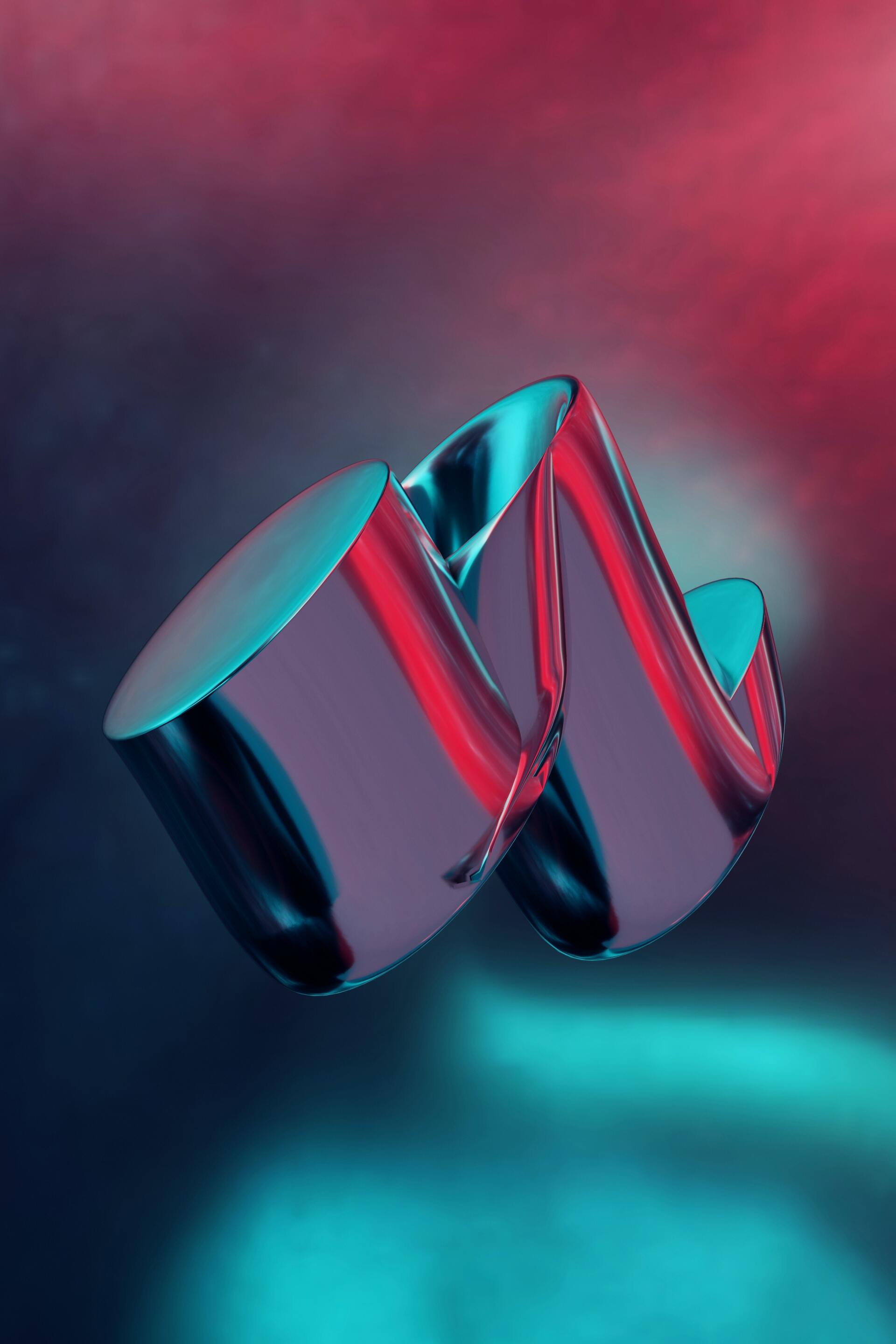Chapter 9
What are NFT’s?
At the core NFTs are just unique digital numbered/coded tokens built on a blockchain. The blockchain of Ethereum and Solana being the most popular at the moment to add NFT tokens on.
NFT's are like a unique key or
a certificate of authenticity.
Non Fungible Tokens (NFTs)
With a NFT's or Non Fungible Tokens you can prove ownership and keep track of its ownership. These tokens can be incorporated to other code to make it represent anything or it can point to a web address (URL) for example. It’s like a unique key or a certificate of authenticity. It can’t be replaced with something else and that is also what ‘Non Fungible’ or ‘Immutable’ means. The uniqueness of it can as well make it valuable/desirable.
NFTs is centered around a collectible
Much of the current market for NFTs is centered around collectibles (Well known examples are CryptoPunks & The Bored Ape Yacht Club), such as digital art, sports cards, and rarities. Scarcity creates demand and people like to flex ownership of original work, but that is not where it stops. NFTs are new territory. This is just the tip of the iceberg in the NFT realm.
Fractional/Shared ownership and proof of authenticity/ownership
This can be applied to a broad spectrum of services and online applications. You can use this for physical assets, domain names, (season) tickets, certificates (proof of presence/proof of performance).
Replacing in-game avatars/characters with NFT’s (Play to earn/Play and earn) This led to a new term in the gaming industry called “Game-Fi” which takes typical gaming elements like point scoring, competition, and rules of play and apply these to the blockchain. By doing so, the players can swap and trade game assets for financial rewards for example. Special marketplaces for the gaming industry are being built for this as well.
Transfer of ownership rights
(like real estate or patents for example).
Storage of personal/sensitive data
Think of secure storage of your medical data for
example where you are in control of who you like to disclose it with. Another example is a digital vault (online storage of data/value) that is encrypted into 3 digital keys (NFTs) and requires 2 of these keys to unlock it. This could potentially be interesting for legacy applications.
Supply chain management
NFTs can be linked to a product, giving it an NFT identifier that cannot be tampered with. You can track products from production to shipment and delivery with track & trace applications (time stamping), which increases transparency and trust and prevents fraud.
NFTs can provide you with a (temporary or lifetime) decentralised digital identity without physical documentation proving who you are or where you live. This is made possible through decentralised identifiers (DID’s) which are determined in pre set digital smart contracts and of which you are notified before you connect or exchange data through applications* that use this.
*In Web3 services are often built and offered through decentralised applications (apps) which are also known as "dApps" or "dapps". Instead of running on a single computer, dApps run on a blockchain network of computers.
NFTs for music allow anyone to listen, but they also grant ownership of a track. Depending on how the artist wishes to organise the NFT they issue, they can be utilised to provide access to cheap concert tickets, internet streaming royalties, special locations at shows, or allow meetups with musicians.
""A chop of digital history is now yours to keep."
- Jet
Two ways for buying NFTs
Minting: This means you buy an NFT directly from the artist or projectowner through their website.
Secondary: You can buy and search for NFT’s on Rarible, NiftyGateway, SuperRare & Opensea
Both ways require you to have a wallet to make purchases with. The most common and widely trusted being MetaMask. To set up your MetaMask wallet, follow the instructions
here.
Tip:
Be sure to write down your ‘seed phrase’ (found in security settings) in case you lose your login details - NEVER share this phrase with anyone.
You need to transfer Ethereum to your new MetaMask wallet to buy NFTs. You can buy Ethereum through MetaMask directly or through platforms like Coinbase, Binance, Crypto.com e.o. and then transfer it to your Meta Mask wallet.
What are the risks of buying NFTs?
NFTs have a lot to offer, but like in any other aspect of life, it would be unwise to ignore the risks involved.
You might get scammed
How do you know that what you buy is legit?
Purchasing an NFT exposes you to a variety of fraud schemes:
- False markets
- Fake sellers (often impersonating real artists and selling copies of their work at a fraction of what the original is going for)
- Unknown vendors
You shouldn't explore anything further if it appears to be too cheap or unrealistic to be true.
NFTs are volatile and illiquid
NFTs are still in their early stages, so the sector isn't very liquid
Privacy interference
It becomes trivially simple to discover what else a user's wallet has been up to if they link an NFT to any aspect of their online or offline identity, such as using it as their Twitter profile picture or keeping a profile on an NFT marketplace. While knowing who bought which NFT may not seem like a big thing, crypto advocates are pushing as well for the use of NFTs for social networking, healthcare data, and property ownership. One wallet, or perhaps a network of unencrypted wallets, might operate as a massive library of personal data that cannot only be kept secret but also cannot be removed from the blockchain.
Think about the ability to tie your digital identity to a product; it can also be used to tie it to a Central Bank Digital Currency (CBDC’s) and all your purchases, granting or denying each and every transaction you make based on your social credit score. When using CBDC's you can bet on it that Big Brother will be watching you.
So awareness, knowledge and understanding, encryption, privacy and decentralization are super important!
Stay vigilant and keep a sovereign spirit.
Obfuscation techniques like using separate wallets for each transaction or using a tumbler or mixer service are the main defense against all this public scrutiny. This is something for a more experienced user to manage but not so easy for Web3 beginners.
What People Say About Us

“Great guide. I always wanted to learn this!”
John Smit
“Love this free service. Can’t wait to read the next blogs about crypto insides!”
Mary Brown
“Not sure why I didn't discovered this website earlier. It’s super!”
Robert Wilson
Helping people, entrepreneurs & businesses to bridge the gap between the internet of today towards the revolutionary Web4 movement.
#TakeItBack
Support us
Support the free and independent movement!
with 5 Euro / Dollar you already help us enormously!
Bitcoin wallet:
bc1qtl0yyayrdy2p74xf52ts75tw2tl0aleehhtfjl
Monero wallet:
44gKNgXYMEfFFBR4J1ySmj161zYpMZdGZPH1D2mDnYHTPXLmv83d58CbF6uNWpDq1Vdgw1NLwkJNkR1NEmqmC5xa6ZzRehG
Ethereum wallet:
takeitback.eth







